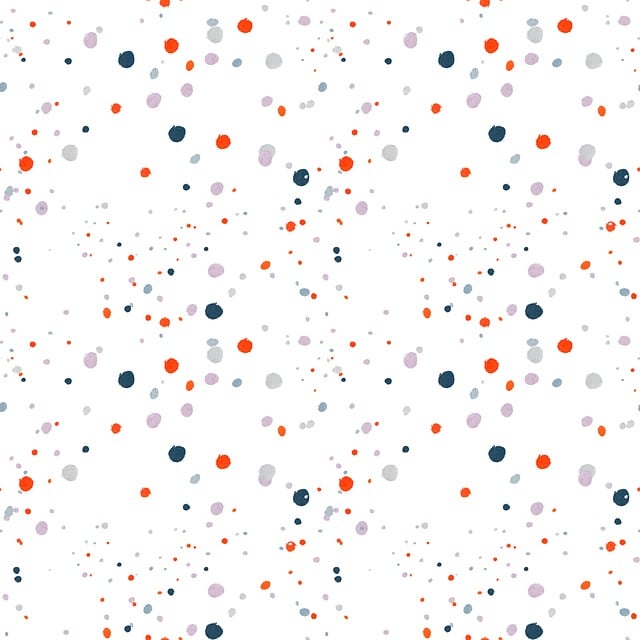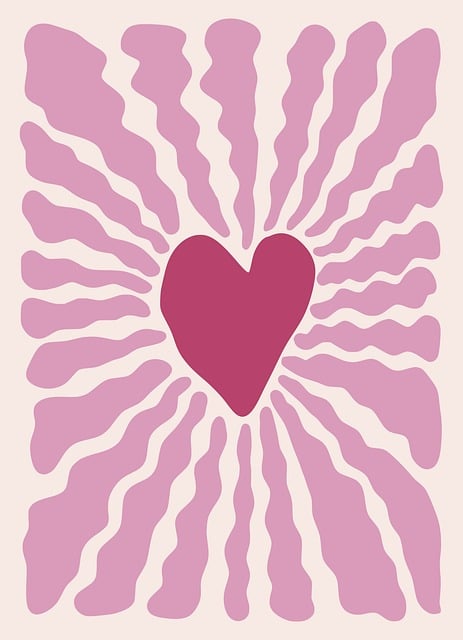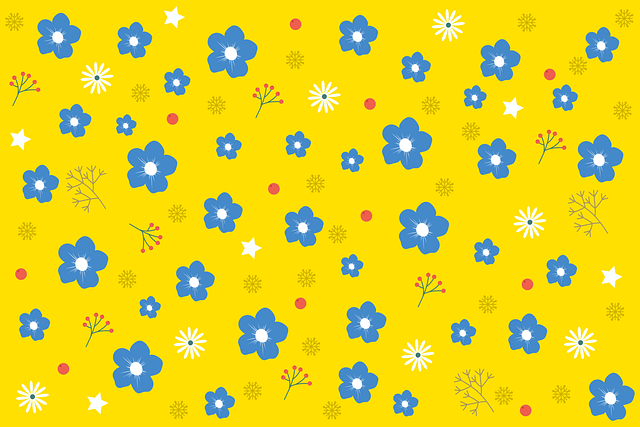In today's digital era, graphic design serves as a powerful tool for captivating audiences and enhancing marketing efforts. By leveraging visual elements like colors, typography, and composition, designers create impactful brand identities that foster emotional connections with consumers. Advanced digital tools like Adobe Illustrator and Figma have revolutionized the industry, offering designers creative freedom and efficient workflows. Modern marketing goes beyond traditional logos and taglines, utilizing graphic design to craft compelling narratives that differentiate brands. Typography and color theory play crucial roles in shaping how marketing resonates with viewers, while trends like AR and VR enhance engagement. The process involves translating concepts into visual stories through tools like Adobe Creative Suite, followed by collaborative feedback loops for refinement. Effective evaluation of campaign impact is essential, using data analytics to measure success and optimize future strategies.
In the competitive landscape of modern marketing, Graphic Design serves as a powerful weapon for capturing attention and fostering emotional connections with customers. This article explores the multifaceted world of creative marketing design, delving into visual storytelling, innovative tools, branding strategies, typography, color theory, trending designs, and the process behind bringing concepts to life. We also discuss the importance of collaboration, feedback, and measuring success in the realm of graphic design.
The Power of Visual Storytelling: How Graphic Design Captures Attention

In today’s digital landscape, visual storytelling has become a powerful tool for capturing audiences’ attention. At the forefront of this revolution is graphic design, which plays a pivotal role in conveying messages and evoking emotions through visually appealing means. A well-crafted graphic design element can instantly grab a viewer’s interest, making it an indispensable asset for marketers. By employing strategic visual cues, colors, typography, and composition, designers can create eye-catching visuals that transcend mere aesthetics.
This art form enables businesses to communicate complex ideas, products, or services in a simplified yet captivating manner. Whether it’s a memorable logo, an engaging social media post, or a detailed infographic, graphic design serves as a bridge between brand identity and consumer engagement. Marketers who leverage the power of visual storytelling can effectively leave a lasting impression, fostering deeper connections with their target audience.
Unlocking Creativity: Tools and Software for Modern Designers

Modern designers have an array of powerful tools and software at their disposal, revolutionizing the way they approach graphic design. These digital assets offer endless possibilities for creative expression, enabling designers to unlock new levels of innovation. From vector graphics editing programs like Adobe Illustrator to pixel-perfect layout applications such as Figma, each tool caters to different aspects of the creative process.
Designers can leverage these technologies to streamline their workflows, experiment with diverse artistic styles, and collaborate seamlessly. With access to a vast library of fonts, color palettes, and pre-made templates, designers can focus on what truly matters—creating visually stunning and impactful marketing designs that captivate audiences.
Branding Beyond Logos: Creating an Emotional Connection with Customers

In contemporary marketing, branding extends far beyond a simple logo or tagline. Today’s consumers are deeply connected to brands that resonate with their emotions and reflect their values. Graphic design plays a pivotal role in this transformation. By infusing creativity into visual elements like typography, imagery, color schemes, and layout, designers craft brand identities that evoke specific feelings and experiences. This emotional connection is what turns casual customers into loyal advocates.
Effective graphic design transcends the purely aesthetic; it tells a brand’s story, communicates its essence, and creates a lasting impression. It can transform a mundane product or service into an intriguing experience, encouraging consumers to engage and interact. Ultimately, successful branding in graphic design fosters a sense of belonging and understanding, making customers feel seen, heard, and valued—a key differentiator in today’s competitive market.
Typography 101: Choosing the Right Font to Enhance Your Message

In the realm of graphic design, typography is a potent tool that can make or break your marketing campaign. Choosing the right font is akin to selecting the perfect paintbrush; it greatly influences how your message is perceived. Consider the mood and tone you wish to convey—whether it’s modern, elegant, playful, or bold—and select a typeface that aligns with these attributes. For instance, a clean, sans-serif font might evoke a sense of simplicity and modernity, while a cursive script could lend a touch of sophistication and elegance. Each font family has its unique characteristics, from the classic serifs to the experimental hand-drawn styles, all contributing to a visually appealing design that captivates your audience.
When perusing the vast array of fonts available, keep in mind that less is often more. Stick to 2–3 fonts at most for any given project to maintain visual harmony. Ensure the chosen fonts are legible across different screen sizes and devices, as readability is paramount in digital marketing. The right typography can transform a mundane message into an engaging story, making your creative marketing design stand out in a crowded digital landscape.
Color Theory in Marketing: The Psychology Behind Color Choice

In the realm of graphic design, color theory plays a pivotal role in marketing strategies. The choice of colors is not merely aesthetic; it’s a powerful psychological tool that influences consumer behavior and perceptions. Different hues evoke distinct emotions and associations, making them integral to creating visually appealing and effective marketing collateral. For instance, vibrant reds often incite urgency or passion, while calming blues can convey trust and serenity.
Understanding color psychology allows designers to craft visually compelling campaigns. By selecting colors strategically, they can enhance brand identity, improve readability, and even increase conversion rates. In today’s competitive market, a deep grasp of color theory empowers marketers and designers alike to create impactful visuals that resonate with their target audience, ultimately driving engagement and fostering a stronger connection with the brand.
Design Trends Shaping the Future of Creative Marketing

The ever-evolving landscape of marketing demands innovative and visually captivating strategies, making graphic design a pivotal aspect in capturing audiences’ attention. Current trends in creative marketing design showcase a blend of bold aesthetics and interactive elements that resonate with modern consumers. One prominent trend is the integration of augmented reality (AR) and virtual reality (VR), transforming static designs into immersive experiences that encourage user engagement. For instance, brands are utilizing AR filters and 3D product visualizations to offer customers a glimpse into their future with the product, fostering a sense of connection and desire.
Additionally, sustainability has become a powerful design trend, with marketers emphasizing eco-friendly practices through packaging, materials, and overall brand imagery. This shift reflects consumers’ growing awareness and preference for environmentally conscious choices. Graphic designers are responding by adopting recycled paper, plant-based inks, and minimalist layouts that reduce waste while still delivering aesthetically pleasing results. Such trends not only cater to the market’s current demands but also set the stage for a more sustainable future in creative marketing.
From Concepts to Reality: The Process of Bringing Ideas to Life

Turning creative concepts into tangible, impactful marketing designs is an art that involves a meticulous process. It all starts with a spark of inspiration and a clear understanding of the brand’s vision. Graphic designers then translate these abstract ideas into visual narratives, using tools like Adobe Creative Suite to bring their imagination to life. The initial phase includes sketching out various layouts, color palettes, and typography choices, ensuring they align with the brand’s identity and resonate with the target audience.
As the process unfolds, designs evolve from rough sketches to digital masterpieces. Designers carefully consider composition, balance, and visual hierarchy to create eye-catching materials. Whether it’s a captivating poster, an engaging social media graphic, or a comprehensive advertising campaign, each element is meticulously crafted. This iterative process involves feedback loops, where ideas are refined and improved, ensuring the final output not only meets but exceeds expectations.
Collaboration and Feedback: Fostering a Culture of Creative Growth

In the dynamic field of graphic design, collaboration and feedback are the cornerstones of creative growth. When designers work together, they bring diverse perspectives, skills, and experiences to the table, fostering an environment that stimulates innovation. This collaborative approach allows for the exchange of ideas, where initial concepts can evolve into captivating visual masterpieces. By embracing open communication, teams can navigate challenges, refine concepts, and ultimately deliver exceptional designs that resonate with their target audience.
Feedback plays a pivotal role in this process, as it provides valuable insights and constructive criticism. Constructive feedback helps designers refine their craft, learn from peers, and adapt to the ever-changing trends in graphic design. It encourages a culture of continuous learning and improvement, ensuring that creative teams stay ahead of the curve. This supportive atmosphere not only enhances the quality of work but also boosts morale, fostering a sense of belonging and shared purpose among team members.
Measuring Success: Evaluating the Impact of Creative Marketing Campaigns

Evaluating the success of creative marketing campaigns is an essential aspect of graphic design that goes beyond mere aesthetics. It involves a strategic approach to gauge the impact and effectiveness of visual storytelling in reaching and engaging target audiences. By setting clear objectives, marketers can define key performance indicators (KPIs) specific to each campaign, such as brand awareness, website traffic, or social media engagement.
This process includes analyzing data from various sources like analytics tools, social media insights, and customer feedback. For example, a well-designed graphic campaign aiming to increase brand recognition should see a spike in logo sightings and positive brand associations. Through comprehensive analysis, marketers can identify what works, understand consumer behavior, and make informed decisions for future campaigns, continually refining their strategies to achieve optimal results.
